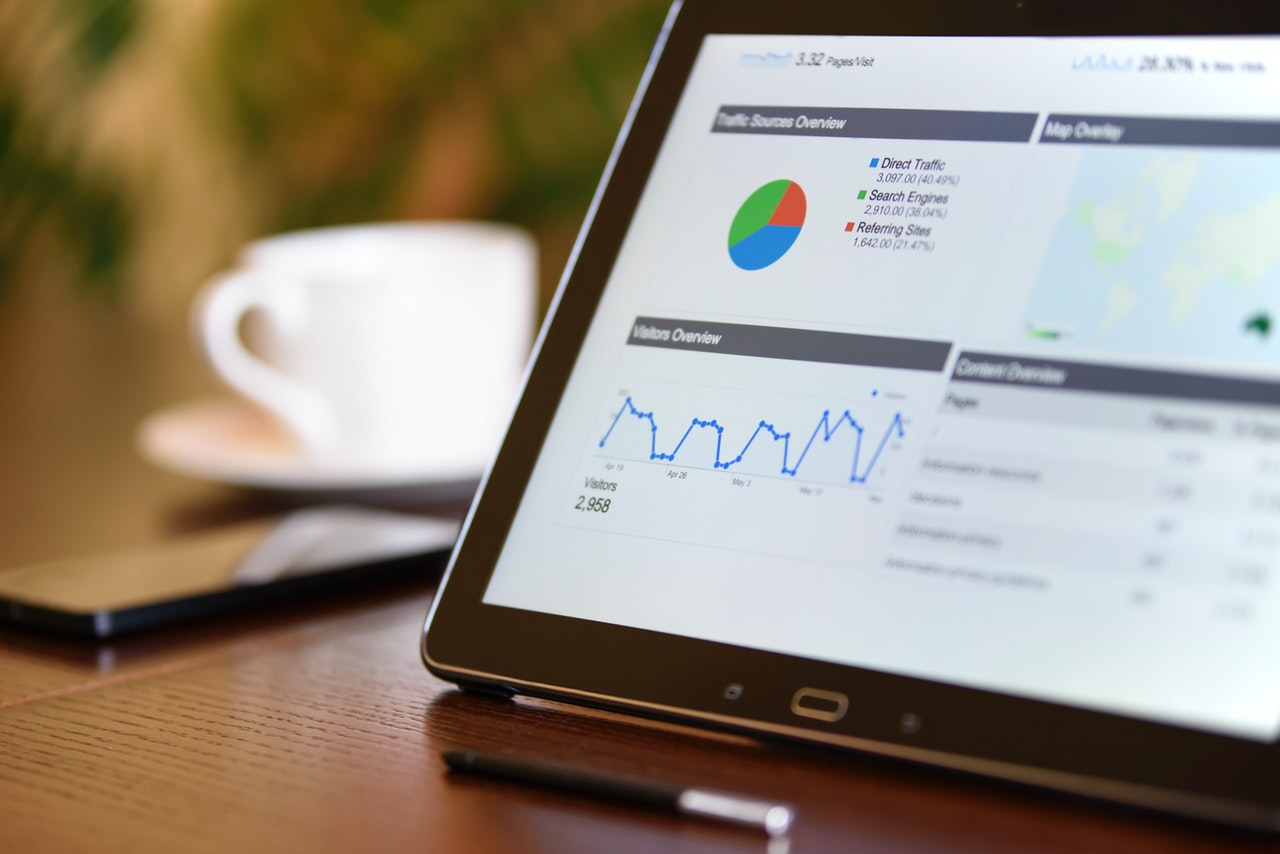What is the Relationship Between ETL and Data Governance?
Emma Kessinger
April 03rd , 2023

In the modern world, data is a highly valuable asset, and businesses of all kinds are gathering and utilizing massive amounts of data to power their operations and decision-making procedures. The proper administration, control, and use of data have become a significant challenge for many businesses due to the rising volume, diversity, and complexity of data. Data governance and ETL can help with this.
What is Data Governance?
Due to a number of causes, including the emergence of big data and data analytics, the volume and complexity of data, and the growing significance of data privacy and security, the importance of data governance has greatly increased in recent years. By providing a framework for managing data across the whole company, from data collecting and storage to data analysis and decision-making, data governance aids enterprises in handling these difficulties.
Guidelines and Governance
Establishing a set of guidelines, practices, and standards for data management is at the heart of data governance. This includes creating standards for data quality, data security, and data privacy as well as outlining how data is gathered, kept, processed, and shared. Assigning ownership and accountability for particular data sets as well as defining the roles of data stewards, data custodians, and data consumers are all part of the process of establishing data governance.
The correctness and uniformity of data across an organization are one of the main advantages of data governance. Data governance makes sure that data is accurate, full, and consistent across many systems and applications by setting standards for data quality and data management. While erroneous or inconsistent data can produce flawed insights and bad decision-making, it is especially crucial in businesses that rely on data analytics to guide their decision-making processes.
Compliance with relevant laws, regulations, and industry standards is also aided by data governance. Data governance policies, for instance, might be utilized to guarantee adherence to data privacy laws like the California Consumer Privacy Act and the EU's General Data Protection Regulation (GDPR) (CCPA). Organizations can prevent exorbitant fines and reputational harm from non-compliance by setting clear standards for data management and privacy.
Key Advantages of Data Governance
Data security is increased, which is a key advantage of data governance. Data governance enables the protection of sensitive data from illegal access, theft, or loss by establishing policies and procedures for data security. This is crucial in sectors like healthcare and finance where sensitive data is frequently gathered and maintained.
Data governance also aids in fostering cooperation and communication inside a business, in addition to these advantages. Data governance makes ensuring that everyone inside a company is aware of their role in efficiently managing data by defining defined roles and responsibilities. This can aid in enhancing collaboration and communication between various teams or departments, resulting in better decision-making and more effective operations.
Technology tools and platforms that can automate data management operations and guarantee adherence to data governance policies and procedures are also necessary for effective data governance. Data governance technologies, for instance, can be used to automatically perform data quality checks, data profiling, and data lineage analysis, assisting in ensuring that data is reliable, accurate, and consistent. These technologies can also assist in tracking data access and usage to make sure that it complies with all relevant rules and laws.
Data governance calls for cultural data ownership and cares inside an organization in addition to technological instruments. The management of specific data sets and ensuring that they are used in accordance with data governance policies and procedures fall within the purview of data stewards. When accountability and duty are assigned for particular data sets, this is referred to as data ownership. This makes it apparent who is in charge of managing and using the data.
Flexibility, Transparency, and Continuing Data Governance
Data governance needs to be flexible and responsive in order to change with the organization's data environment. This is especially crucial in fields like healthcare, finance, or technology that are undergoing rapid change. Data governance rules and practices must be continually updated to reflect changes in data sources, data consumption, and data privacy laws if they are to stay effective.
The requirement for data transparency and data democratization is a crucial factor in data governance. Data democratization refers to users being able to access and utilize data for their own reasons, whereas data transparency refers to users being able to comprehend the origin, significance, and usage of data. Organizations can contribute to ensuring that data is used successfully and that it is available to all users who require it by encouraging data transparency and data democratization.
Finally, it's critical to understand that data governance is a continuous process that calls for constant monitoring, assessment, and improvement rather than a one-time exercise. This means that when it comes to data governance, firms must create a culture of ongoing development and learning. Organizations can discover areas for improvement and make necessary adjustments by routinely evaluating the effectiveness of their data governance rules and practices.
How does Data Governance relate to ETL?
The ETL process is a crucial part of data management, as it involves extracting data from various sources, transforming it into a usable format, and loading it into a target system. During this process, there is a risk of data loss or corruption, which can impact the accuracy and reliability of the data. This is where data governance comes in, providing the policies, procedures, and standards for managing data throughout the ETL process.
Data quality and lineage
One of the key aspects of data governance in relation to the ETL process is data quality. Data quality refers to the accuracy, completeness, and consistency of data, and it is critical to ensuring that the ETL process produces high-quality data. Data governance provides the framework for establishing data quality standards, monitoring data quality, and ensuring that data is cleansed and validated before being loaded into the target system.
Another important aspect of data governance in relation to the ETL process is data lineage. Data lineage refers to the ability to track the origin, movement, and transformation of data throughout the ETL process. Data governance provides the policies and procedures for documenting data lineage, ensuring that there is a clear understanding of how data is transformed and loaded into the target system. This is critical for auditing purposes, as well as for ensuring compliance with data governance regulations and standards.
Data Security, Integration, and Compliance
Data governance also plays a critical role in data security during the ETL process. With data breaches and cyber attacks on the rise, it is essential to have robust data security policies and procedures in place to protect sensitive data during the ETL process. Data governance provides the framework for establishing data security protocols, such as encryption and access controls, and for monitoring and auditing data security throughout the ETL process.
Another important aspect of data governance in relation to the ETL process is data integration. Data integration involves combining data from different sources into a single, unified view. Data governance provides the policies and procedures for integrating data from different sources, ensuring that the data is consistent, accurate, and usable. This is critical for ensuring that the data is reliable and can be used for decision-making purposes.
Finally, data governance plays a crucial role in compliance during the ETL process. With regulations such as GDPR and CCPA, it is essential to ensure that data is collected, processed, and stored in compliance with applicable regulations. Data governance provides the framework for establishing data compliance policies and procedures, monitoring compliance, and ensuring that data is managed in compliance with applicable regulations.






















